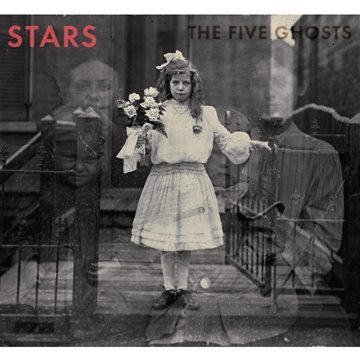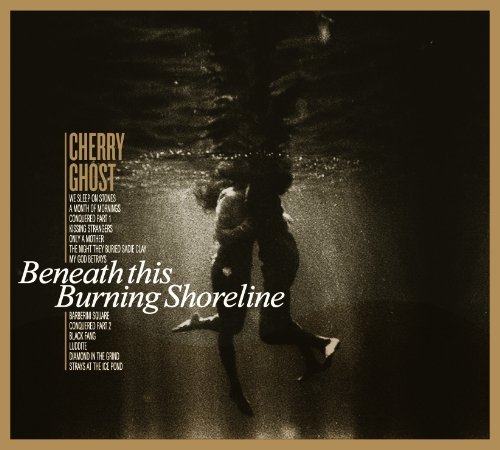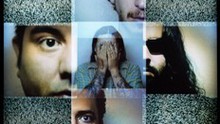This year’s unlikely Gruff Rhys side-project sees the Furries frontman teaming up with Brazilian TV repairman and musical innovator Tony Da Gatorra, working on a set of psychedelic-leaning avant-garde jams. I say musical innovator: Gatorra is the creator of a hybrid guitar-cum-drum-machine instrument; yet to take the musical world by storm, but innovative none the less. Of course, Rhys’ last venture outside of the Super Furry Animals saw him collaborate with Ohio producer Boom Bip under the name Neon Neon, earning the pair a good deal of critical acclaim and a nomination for the 2008 Mercury Music Prize. I think it’s safe to say that this is an entirely different endeavour.
The story goes that Gruff set about tracking down Tony as a 'massive fan', looking to collaborate. The resulting effort, The Terror of Cosmic Loneliness, was recorded in just five hours following five days of rehearsals in a Sao Paulo recording studio. Instead of the slick production of Neon Neon or the sprawling sonic adventures of the Super Furry Animals, what we have here are rough outlines of songs formed during the jamming process.
Unfortunately this doesn’t make for the most coherent of listens, and for the most part this record feels half-baked. Moments of genuine inspiration are difficult to find, which is surprising considering the pair’s obvious talent and intrigue. While the most fully formed song, ‘In A House With No Mirrors’, hints at the duo's potential, even this is fairly ordinary and the track feels incongruous with the sparser sounds found elsewhere. It’s disappointing, too, that for an album with such a brilliantly evocative title, it mostly fails to create a mood that corresponds. That goes especially for the three songs sung by Rhys, whose voice and delivery are far too warm to convey anything approaching terror. Gatorra, meanwhile, produces some of the record’s most effective moments; his howling vocals on ‘Eu Protesto’ are a clear highlight.
As for Gatorra’s instrument; well, I don’t think anyone’s arguing it’s going to replace traditional drum kits any time soon. The sound is tinny and synthetic, sounding harsher on the ear as the record wears on. While this coldness serves the album well in the rare moments it plugs into The Terror of Cosmic Loneliness, for the most part it’s grating and difficult to ignore. This, you feel, is precisely what draws Rhys to the Gatorra, having spoken on numerous occasions about building a ‘Festyval Wynd’ pedal: “turning your crystal clear studio sound into a shit muddy festival experience.” While admittedly this is more than likely an extended joke, Rhys appears to have a fascination with slightly shoddy equipment and this record is the realisation of that.
While The Terror of Cosmic Loneliness is not a complete disaster, even the most loyal of fans will find it difficult to love. The end result sounds quickly thrown together and unusually bereft of ideas. In fairness, given the short amount of time the pair worked on the record, this shouldn’t come as too much of a surprise. Arguably the most fascinating thing about the album is the story of how it came together, which was documented for the forthcoming feature length documentary, Seperado.
-
5Kyle Ellison's Score























